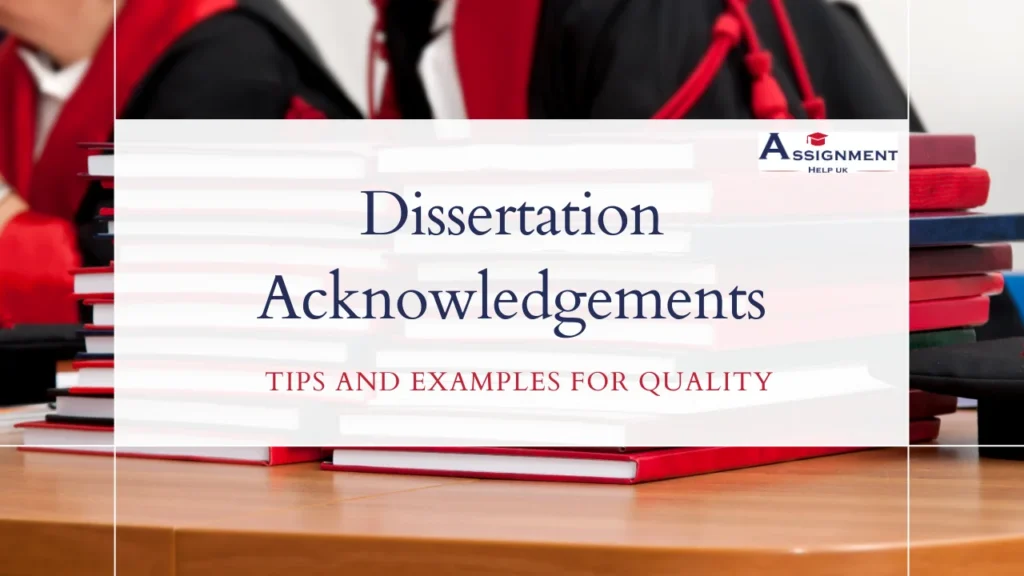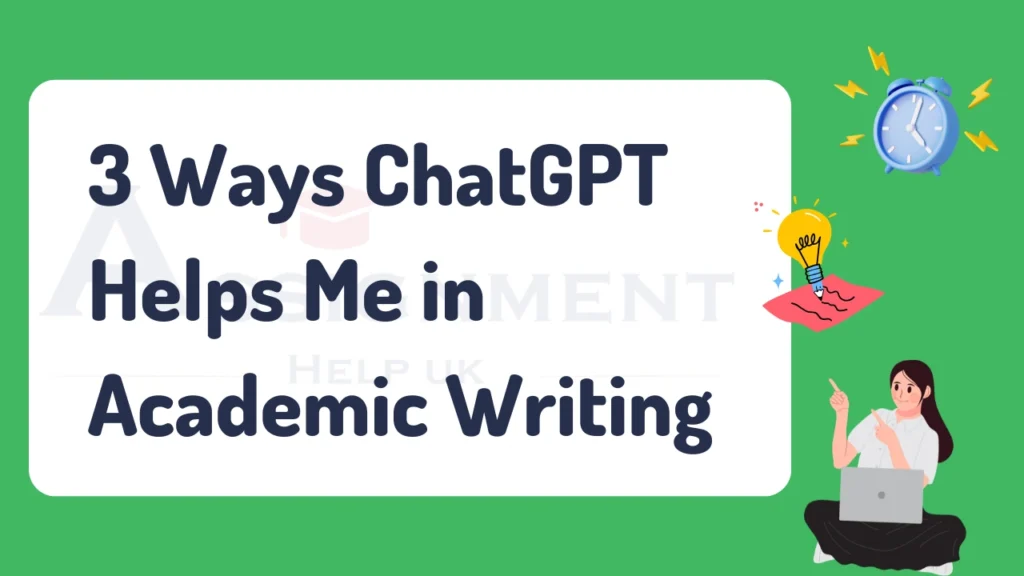How To Write a Case Study | Best Template for Case Study Format
Home / What is The Best Case Study Format with Examples? Table of Contents What is The Best Case Study Format with Examples? A case study is one of the different research processes students of any field of study use to write their college or university assignments, often exemplified through real-world business analyses such as the SWOT Analysis of Barclays. In this research method, we study an individual, a group of people, or a particular case or scenario. This guide is to help college or university students write case studies professionally. Here, we will also discuss the structure of a well-written case study, including conducting research and citing references. Let us first see the types and examples of a case study. What are the Different Types of Case Studies? A case study is a research paper that includes an in-depth analysis of a person, event, or organisation. It is the most common form of research design used to study business cases, healthcare studies, and social sciences. There are many ways in which a case study can be conducted, but there are six broad categories that we will be discussing. Descriptive Case Study: This approach is ideal when you aim to provide a comprehensive overview of the situation under investigation. Descriptive case studies begin with a well-established hypothesis of observing individuals, groups, or events to gather detailed data, which is then compared to the pre-existing theoretical framework. These case studies are commonly used in psychology, education, healthcare, and business, offering valuable insights while contributing to the refinement of existing theories. Explanatory Case Studies: In this case study research, we uncover the causes of a particular event. This approach often incorporates evidence-based research to show why an event happened and what its significance is in the future. For example, in a case study on how remote work policies have reduced work pressure on employees in the corporate sector, a researcher can analyze the causal relationship between flexible work-from-home arrangements and reduced workplace pressure. This case study format would include a detailed account of the policy changes implemented, such as work-from-home schedules and flexible hours. It would then evaluate the impact of the new policies on the profitability of the business using quantitative data (like productivity metrics) and qualitative data (like feedback from employees) to demonstrate how and why remote work helps employees to achieve their work targets on time. An explanatory case study is used to describe the underlying causes behind any incident or event that takes place in the real world. It is particularly used in business, healthcare, and educational domains. Exploratory Case Studies: The exploratory case study format is a structure similar to the opening chapters of a research paper or a dissertation. We use this type of research when we are starting to investigate a topic and gathering background information about an event. These studies help you understand the problem and its significance to help you make a detailed research hypothesis. It is the starting point of your research topic, where you suggest why future investigation is required and what methods you will use to carry out the study—similar to forming a thesis statement that guides the direction of your case analysis. An exploratory case study lets you learn more about uncertain real-world issues. Researchers often use this format to explore emerging topics and under-researched problems, especially when there are no previous studies available on the area they want to analyze. Intrinsic Case Studies: In this type of case study format, we study an individual because the individual is personally meaningful to the researcher. The main goal is to identify the psychology, behavior, and the unique context of the subject under investigation. If you are conducting intrinsic research, you might also be interested in studying how an individual interacts with people around them. During the intrinsic research study, we also studied the detailed experiences of the group to know their behavior in the environment. You’ll commonly find intrinsic case studies in fields like psychology, business, healthcare, and social work, where the researcher is understanding a single patient, a prospective client, or a community to study the preferences and behavior. Instrumental Case Studies: In an instrumental case study format, you’re trying to understand the larger picture. In this type of study, the researcher understands a broader issue beyond the already discovered theory. So even though you’re looking closely at a single case, your goal is to draw conclusions that apply to a wider group. It helps explain the facts beyond the case itself. This type of case study is common in psychology, medicine, education, and business research. Collective Case Studies: A collective case study looks at multiple cases at a time to understand a broader issue. Instead of focusing on just one situation or an individual, the researchers try to gather insights from case studies that are related to the situation. Collective cases are performed on instrumental case studies to gain more understanding of the complex problems. Researchers use this approach to: Compare findings from different yet related case reports. Identify trends or variations across different populations or settings. Explore a phenomenon from various aspects, such as cultural, economic, or geographical contexts. Provide supporting evidence before launching a larger research project. Use different examples to develop or test a theory. This method is especially used while carrying out research in sociology, psychology, education, and public health domains because one case isn’t enough to fully understand the issue. What is the Structure of a Case Study? A case study format is an analysis of an individual or a situation. It generally follows the structure of an essay (including an introduction, body, and conclusion), but the format of case study is different for every university. A proper case study template includes distinct research-based sections that provide context of the problem and present possible solutions or recommendations to address the research question in real life. Whether the subject is a business model or a community-based issue, a good case study outline helps readers clearly







